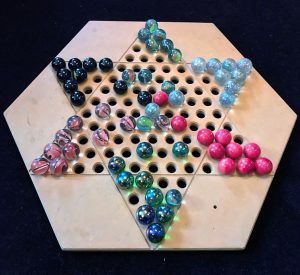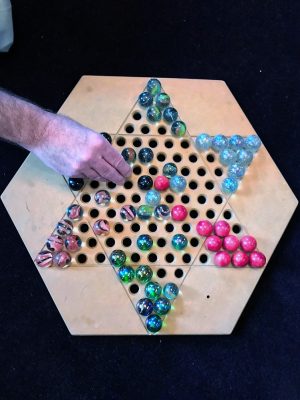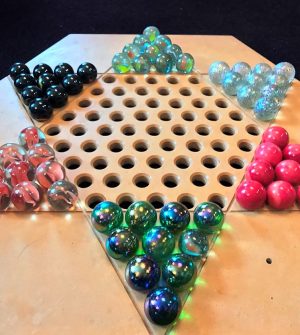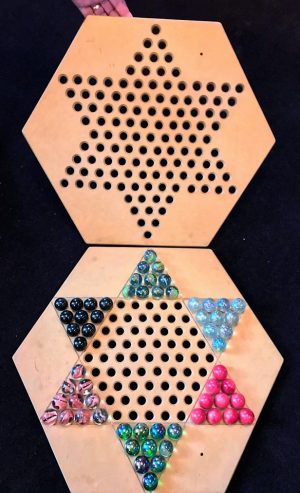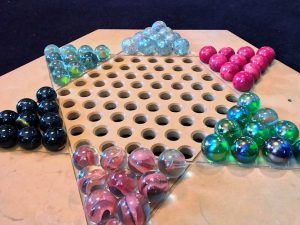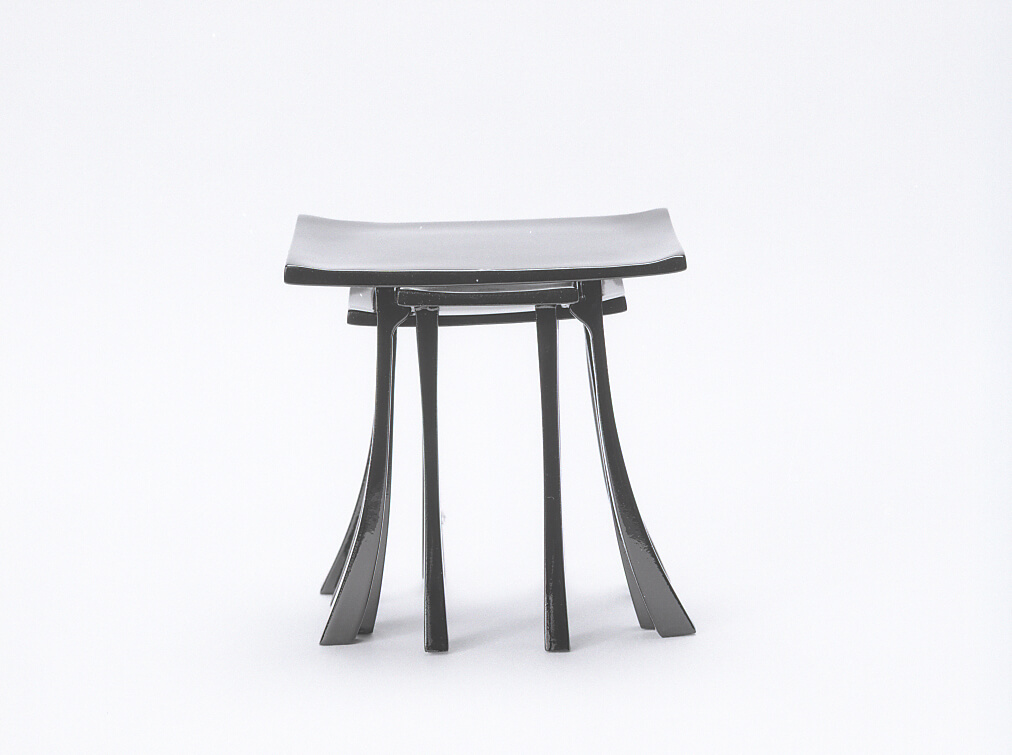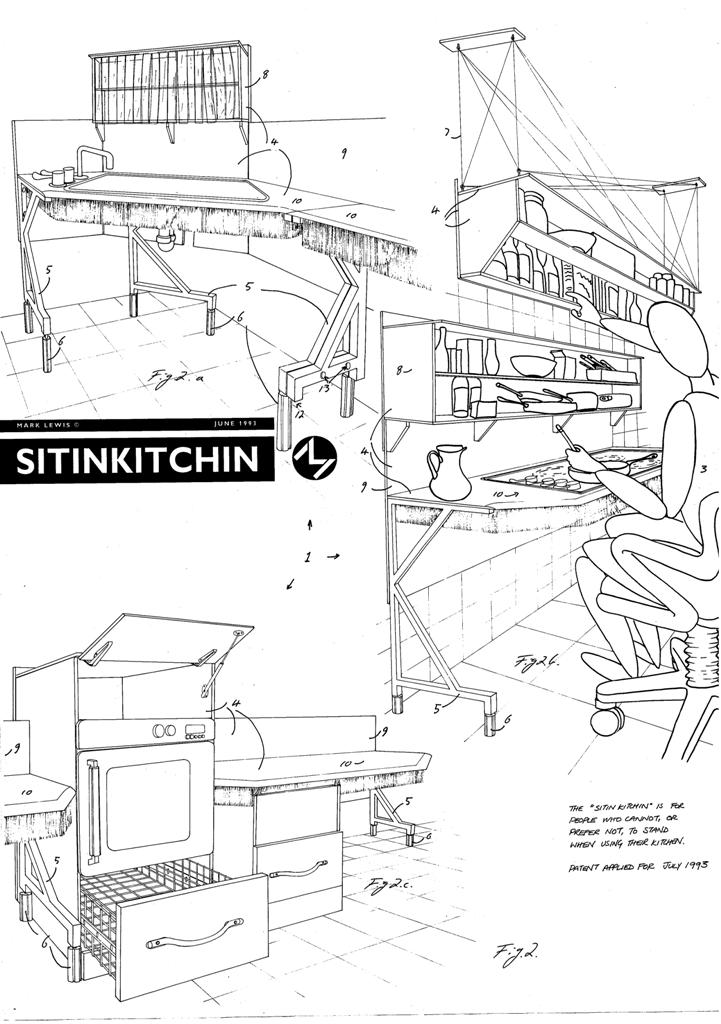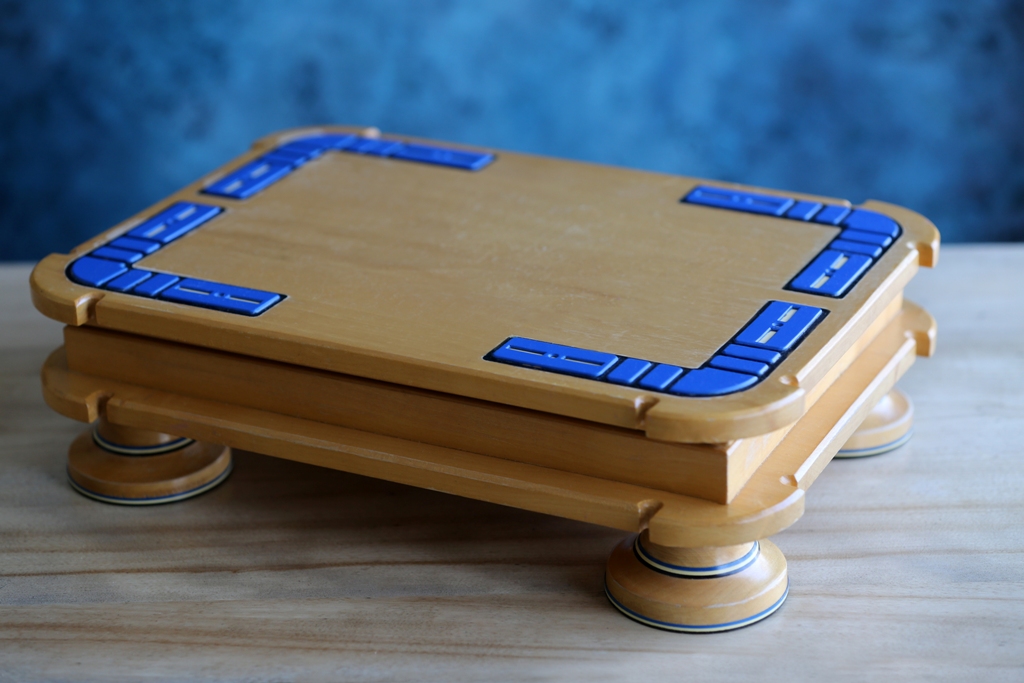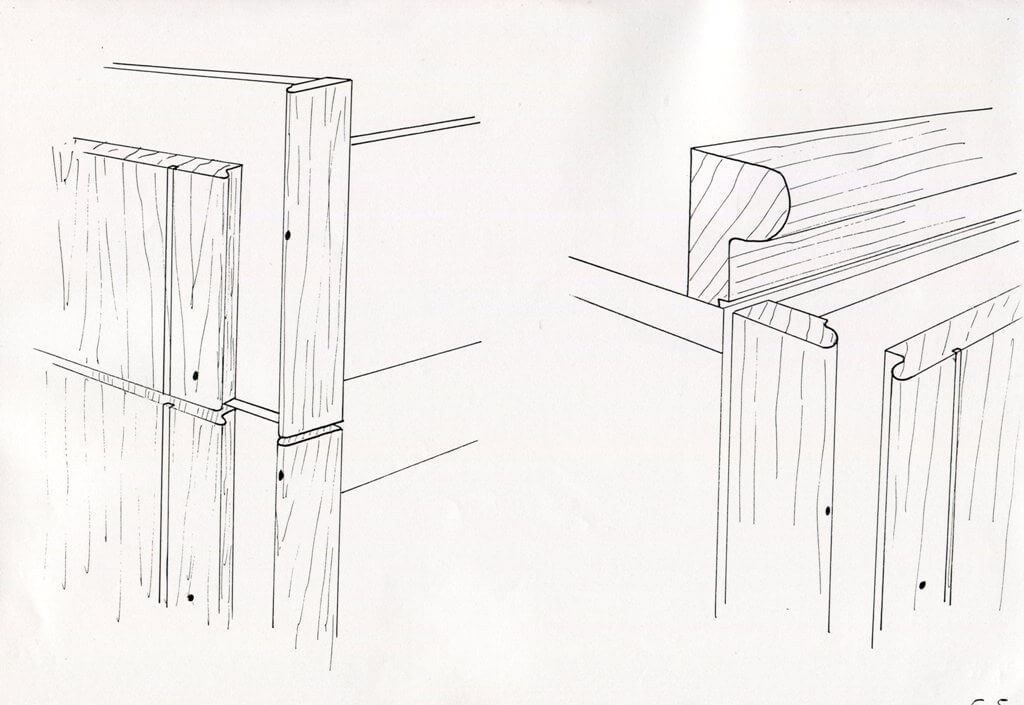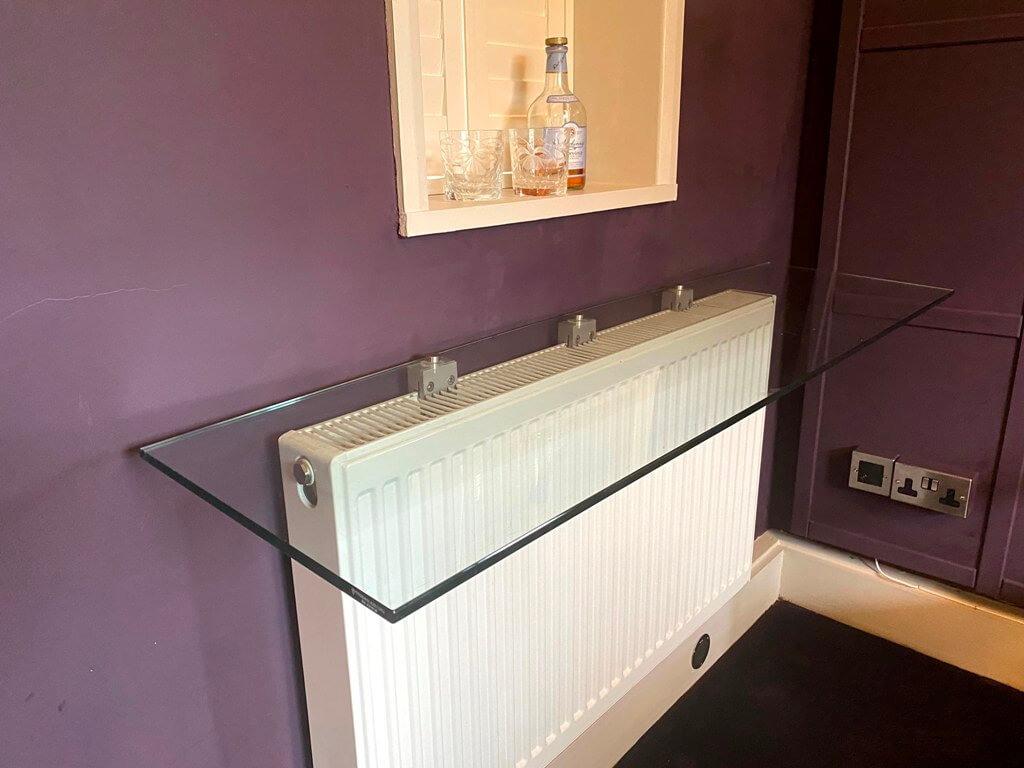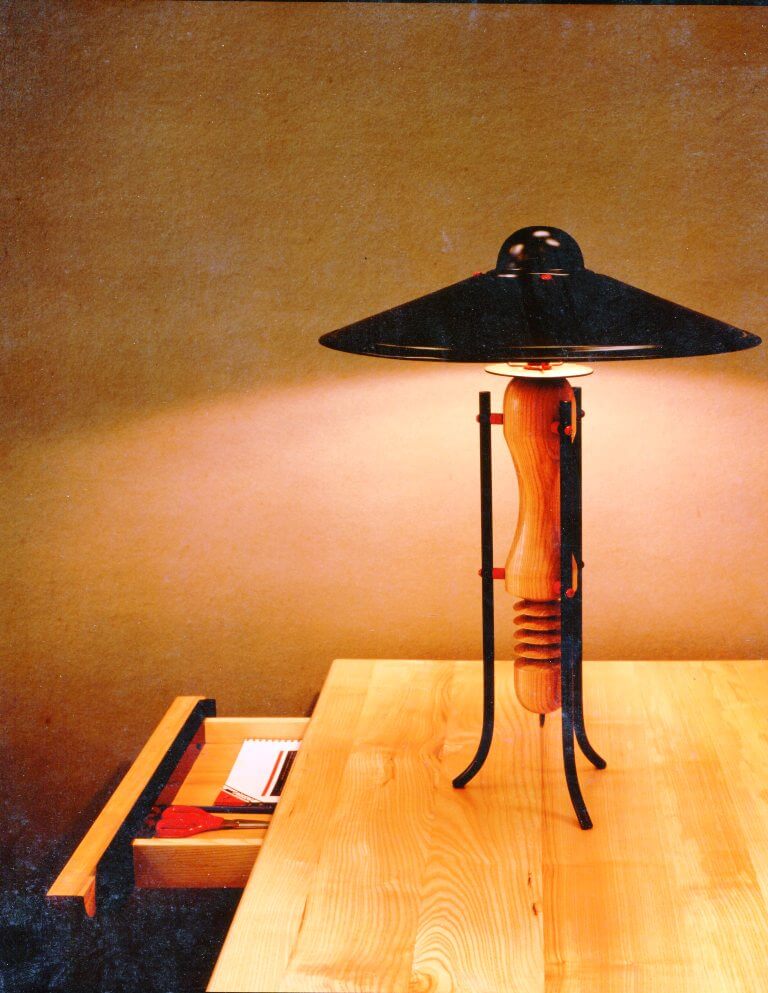Chinese Chequers Board. Product development by Mark Lewis, Lewis Design London (2017)
Chinese Chequers was invented in Germany in 1892 under the name ‘Stern-Halma’ and has been produced worldwide in many different forms and materials, some using pegs instead of the different coloured glass or stone spheres as the pieces that are moved across the hexagram-shaped board.
The objective of the game is to race all of one’s pieces across the board to ‘home’, the corner star opposite one’s own starting corner using single step moves, or moves that jump over other pieces via the geometrically aligned indents in the board.
The unique nature of the game is that, unlike chess or backgammon, Chinese chequers is simple enough for children to play and, as such, is a family or group game, allowing 2-6 players to compete at any one time.
The concept for the prototype, illustrated, is that the size of the board be large enough to hold 25mm or 35mm diameter polished stone, or semi precious stone, spheres.
This size of game gives the item a gravitas that’s currently not available on the market.
The standard option, illustrated, has the 25mm spheres and shows two boards – one forming the base used to play on, and the other the lid used to sandwich the spheres in place allowing the game to be stored or carried vertically like a briefcase.
Leather straps bind the boards together and provide the carry handle.
The board accommodating 35mm pieces needs to be a more substantial design, incorporating a folding table and a separate storage case or bag for the stone spheres (given that the collective weight of the larger pieces would be approximately 4kg).
Leather veneered onto board (optional) could provide the desired finesse for the finish, allowing each stone sphere to rest softly within the indent when stored and as play progresses.
The folding table, made of hardwood (with some plated steel components), would be topped with leather veneer to the playing surface, facilitating the feel of stone resting in the soft indents during play.
